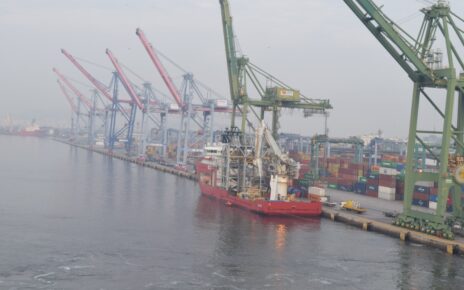In this article we are discussing about cast iron welding and how to do it in ship what are the steps involved in how to use the correct technique.
cast iron welding process step by step
Cast iron is a widely used material for various applications, such as main engine machinery parts, automotive components, and decorative items. However, cast iron is also brittle and prone to cracking under stress or heat. Therefore, welding cast iron can be a challenging task that requires careful preparation and technique.
In this blog post, we will guide you through the steps of welding cast iron using different methods, such as MIG, TIG, stick (MMA), and oxy-acetylene welding. We will also cover some tips and tricks to avoid common pitfalls and achieve strong and durable welds.
Step 1: Identify the Type of Cast Iron
Before you start welding cast iron, you need to know what type of cast iron you are dealing with. There are several types of cast iron alloys that have different properties and weldability. The most common types are:
– Gray cast iron: This is the most widely used type of cast iron. It has a gray color and a flaky graphite structure that makes it easy to machine but also brittle and weak in tension. Gray cast iron can be welded with difficulty using any welding process, but it requires preheating, slow cooling, and low heat input to prevent cracking.
– White cast iron: This type of cast iron has a white color and a hard carbide structure that makes it very hard and wear-resistant but also very brittle and unweldable. White cast iron cannot be welded by conventional methods because it will crack or melt during heating.
– Ductile cast iron: This type of cast iron has a ductile graphite structure that makes it more flexible and stronger than gray cast iron. Ductile cast iron can be welded using any welding process, but it requires special filler materials and careful control of heat input and cooling rate to avoid cracking.
– Malleable cast iron: This type of cast iron has a malleable graphite structure that makes it more ductile than gray or white cast iron. Malleable cast iron cannot be welded by conventional methods because welding will change its properties and make it useless.
The best way to identify the type of cast iron is to consult the product manual or contact the manufacturer if possible. You can also perform a spark test by grinding a small area of the metal with an abrasive wheel. The sparks will have different colors and shapes depending on the type of cast iron:
– Gray cast iron: Reddish-orange sparks with few branches
– White cast iron: Bright white sparks with many branches
– Ductile cast iron: Yellowish sparks with few branches
– Malleable cast iron: Similar to ductile but with more branches
For this guide, we will assume that you are working with gray cast
iron since it is the most common type.
Step 2: Clean the Welding Surface
The next step is to clean the surface of the metal where you want to weld. Cast iron tends to have dirt, grease, oil, rust, and other contaminants that can affect
the quality of your welds. You can use a wire brush, a grinder, a solvent, or a combination of these tools to remove any foreign material from your workpiece.
Make sure you wear proper protective equipment such as gloves, goggles, and respirator when cleaning your metal.
Step 3: Prepare Your Welding Equipment
Depending on what welding process you choose, you will need different equipment and materials for welding cast iron.
Here are some general guidelines for each method:
MIG Welding:
MIG (metal inert gas) welding uses an electric arc between a consumable wire electrode and the metal to create welds. MIG welding is fast, easy, and versatile, but it also produces high heat input and spatter that can damage your workpiece. To MIG weld cast iron, you will need:
– A MIG welder with adjustable voltage and wire feed speed settings
– A shielding gas such as argon or argon-carbon dioxide mixture
– A compatible MIG gun with contact tip and nozzle
– A filler wire suitable for cast iron such as nickel-based or stainless steel wires
TIG Welding:
TIG (tungsten inert gas) welding uses an electric arc between a non-consumable tungsten electrode and the metal to create welds.
TIG welding is precise, clean, and versatile, but it also requires high skill level and manual control over your torch movement. To TIG weld cast iron, you will need:
– A TIG welder with adjustable amperage



